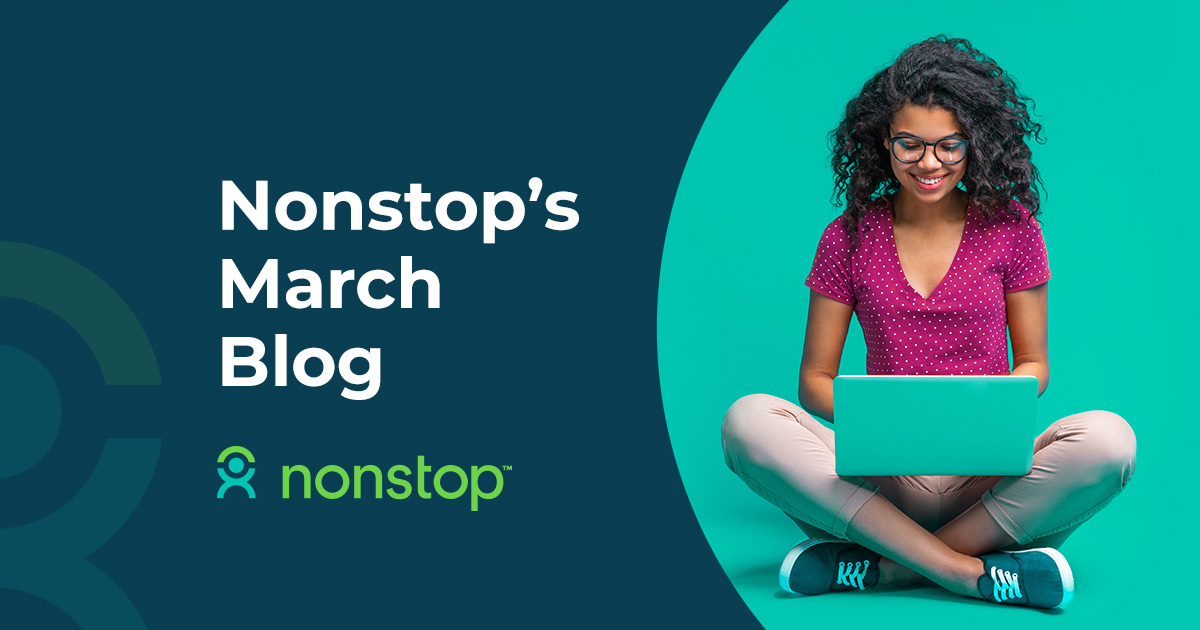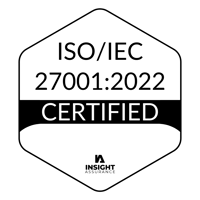As recently as 2020, 43.4% of U.S. adults ages 19 to 64 were “inadequately insured,” The Commonwealth Fund reports, where roughly one-quarter of adults with employer-provided health plans were underinsured. Innovative health benefits therefore can turn the heads of workers fed up with the shortcomings of traditional health insurance.
For example, many current and prospective employees find health benefits that eliminate prohibitive upfront healthcare costs attractive. Since traditional insurance alone doesn’t provide coverage for upfront costs, health benefits of this kind provide employers with a key differentiator in their recruitment and retention efforts. Similarly, applicants also may be drawn to benefits that expand access to mental health and personal wellness resources—areas where traditional health benefits often fall short.
Preparing a Total Rewards Package
Employers can begin by preparing a document outlining the competitive details of new employees’ benefits, including health and wellness benefits information that might distinguish their company from competitors. Today, these details often come in the form of a “total rewards package” statement—a body of information employers use to increase existing and potential employees’ awareness of salary and benefits information.
Total rewards packages begin with details about compensation before moving on to health and other benefits. They are especially important as the variety of employee benefits available to employers continues to grow. A winning total rewards package today includes clear instructions on how to easily access all benefits, including any nontraditional benefits such as those supporting personal wellness. Employers who embrace innovative opportunities send a clear message to potential hires about their commitment to employees.
Aligning Health Benefits with a Company Culture
Innovative health benefits also can be a retention tool for existing employees. A recent survey by SHRM shows 56% of U.S. adults with employer-sponsored health benefits consider health coverage a key factor in choosing to remain in an existing position. Employers can therefore improve employees’ understanding and access to innovative health benefits as a means of maintaining their workforce.
Indeed, including employee health and wellness in one’s overall company culture drives greater employee satisfaction and morale; it creates a “stickiness” among employees that reduces turnover as well as attracts competitive talent, as BenefitsPRO reported in June 2021.
Any employer with a formal approach to employee retention can adapt health benefits details as part of that initiative. But deciding which benefits to adopt and determining how to share details about them with employees must begin with listening. Creating a “listening program” that helps employers understand the needs, desires, and challenges employees face in terms of accessing care ensures they share the right health benefits information within their retention strategy.
Consider a first-dollar coverage approach to health plan design.
For the sake of their companies, employers should consider taking a revised approach to adopting and talking about health benefits. Fortunately, there are more innovative health benefit plan options available to employers than at any point in history. That means a wider variety of methods to ensure a happy, healthy workforce—one that is easier to build and more likely to stick around.
Nonstop Administration and Insurance Services, Inc. (Nonstop) works with employers with 50 or more employees who put their people first: improving their access to primary and preventative care while lowering premiums through its first-dollar coverage approach to health benefits. To see if your organization is a good fit for Nonstop’s solution, reach out to us at info@nonstophealth.com, or share Nonstop with your broker and compare your current plan design to Nonstop’s first-dollar coverage approach.

.png?width=1501&name=Nonstop_Logo-22-Horizontal%20(2).png)


